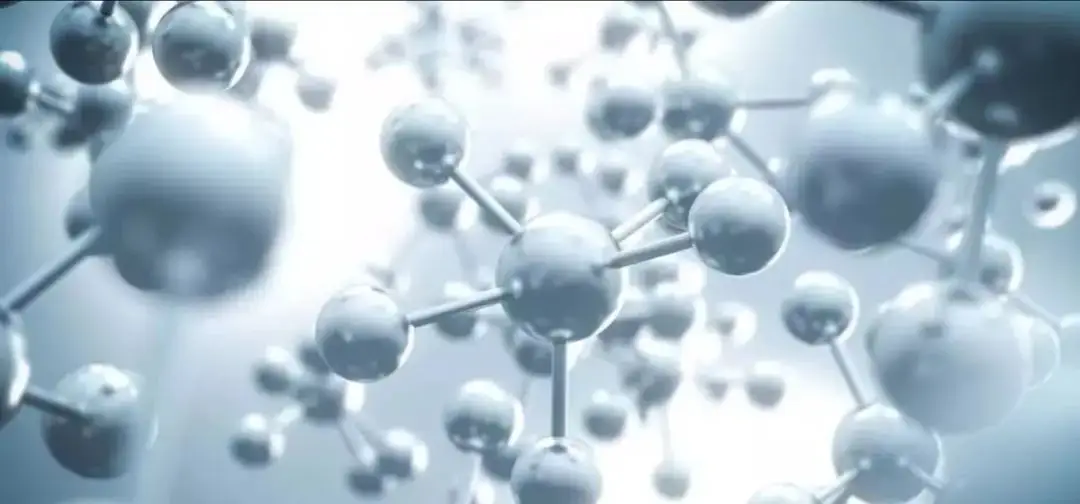This year, China's aging population is deepening, and at the same time, the opening of the birth policy, the market demand for baby diapers is rapidly increasing. Nonwoven materials have the advantages of being safe, hygienic and inexpensive, and are ideal materials for the preparation of hygiene products. Generally speaking, non-woven baby diaper material can be divided into face layer, infusion layer, absorbent core layer and leak-proof bottom film from inside to outside. Among them, the face layer is in direct contact with the skin and the absorbent core layer undertakes the task of quickly absorbing large amounts of liquid. The performance of these two layers of materials has a significant impact on whether the user is comfortable wearing them.
Baby diaper The surface layer should be made of materials with good water permeability, softness, safety and inhibition of bacterial reproduction. However, less research has been done on antibacterial topcoats. Existing research mainly uses natural antibacterial fibers or antibacterial finishing agents to modify the surface with antibacterial function. The antibacterial surface layer obtained by the former feels soft and has high safety, but the antibacterial effect is poor and the material cost is high; the latter has high antibacterial properties, but the antibacterial ingredients directly contact human skin, and there is a safety risk.
The baby diaper absorption core layer has the characteristics of fast liquid absorption, uniform liquid absorption, large liquid storage capacity, and smooth structure after liquid absorption. However, mixtures of SAP particles and fluff pulp are primarily used in existing absorbent cores. Although SAP particles have a large liquid absorption capacity and good lateral leakage resistance, they are prone to form large (2~4cm in diameter) gel agglomerations after liquid absorption, which not only reduces the liquid absorption rate and multiple liquid absorption capacity, but also damages the product structure. , wearing unevenly.

In response to the above problems, the researchers expanded from two aspects: baby diaper safe antibacterial surface material and super absorbent, flat, non-agglomerated absorbent core. First of all, the micro-nano fiber composite antibacterial non-woven surface layer is used, and the nano-antibacterial material is composited under the traditional non-woven surface layer to ensure that the antibacterial components do not touch the skin and provide excellent antibacterial properties. The first choice for nano antibacterial surface layer. Secondly, the superabsorbent fiber (SAF) multi-layer gradient structure composite absorption core layer is designed according to its liquid absorption principle and the basic principle of fiber aggregate wicking, to achieve rapid super absorption, ensure liquid absorption uniformity, and not agglomerate or agglomerate; The effect of the fiber ratio of each layer material on its performance was explored, and the optimal composite absorbent core layer was obtained.
Baby diapers trial pack design assembly, by comparing and analyzing the performance with commercial similar products, using micro-nano-fiber composite antibacterial non-woven surface layer and SAF multi-layer gradient structure composite absorbent core layer baby diapers have the advantages of safe antibacterial, fast and uniform liquid absorption, no lump after liquid absorption, good structural flatness, etc.
Comment(0)
You can comment after
SIGN IN